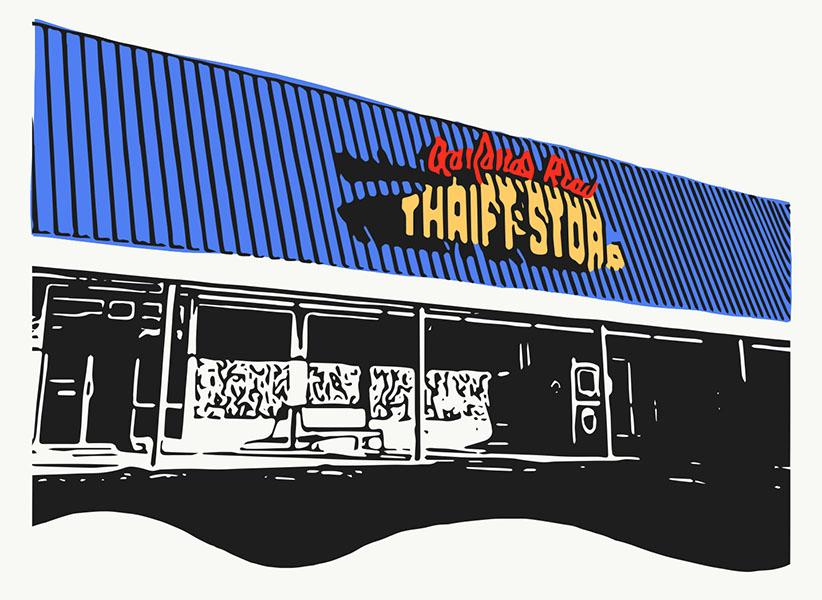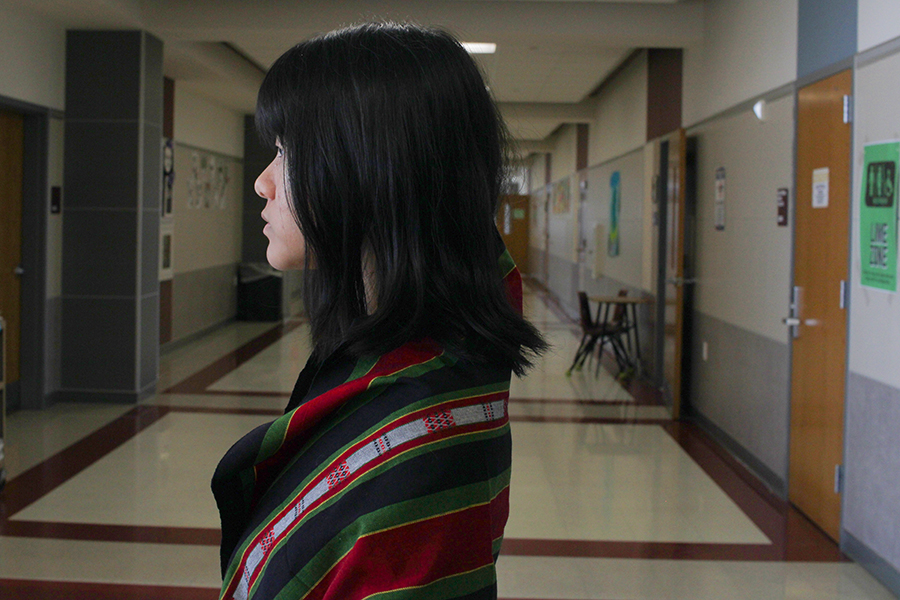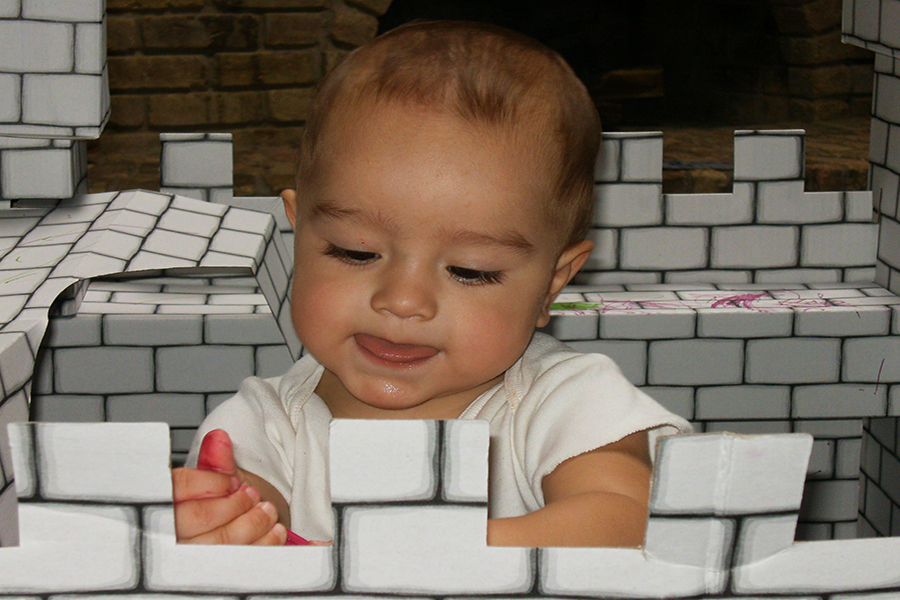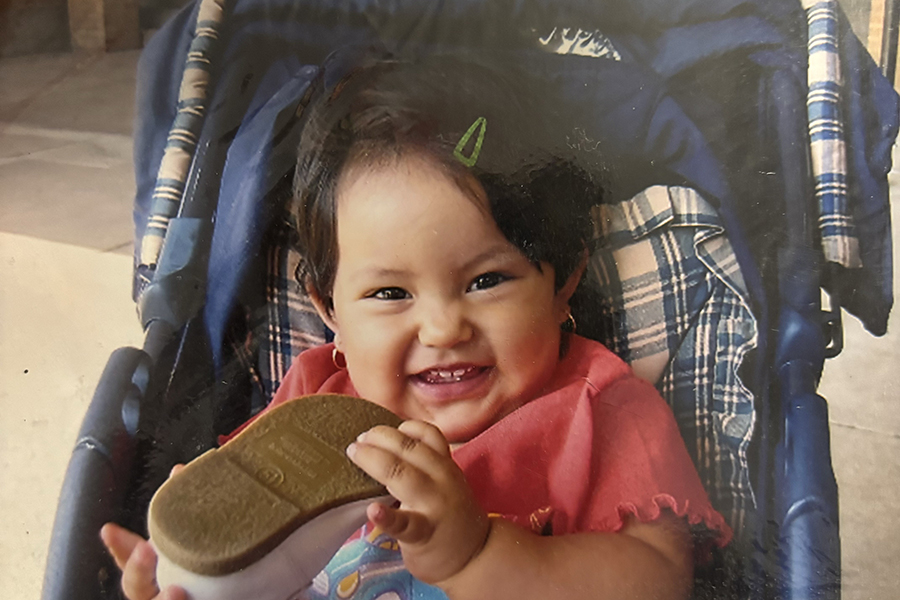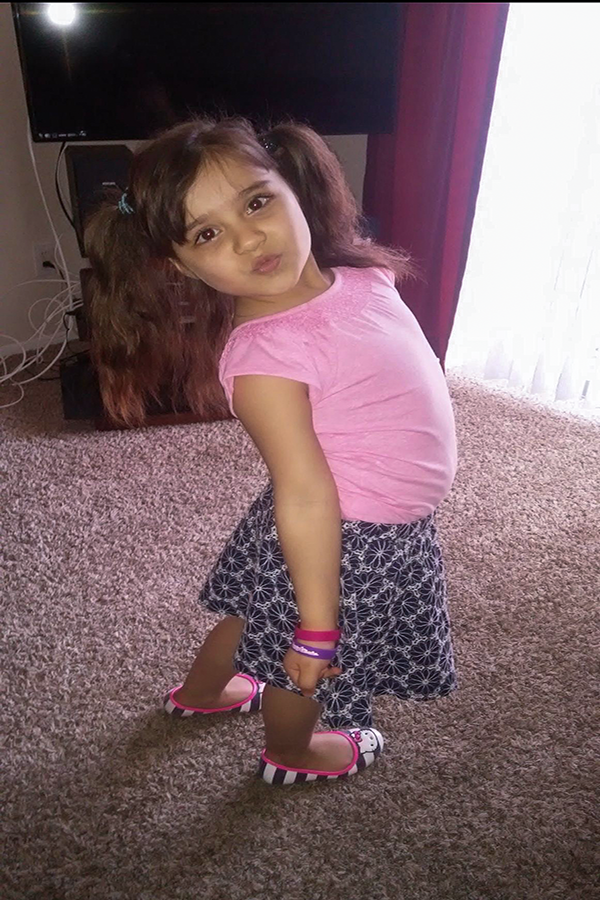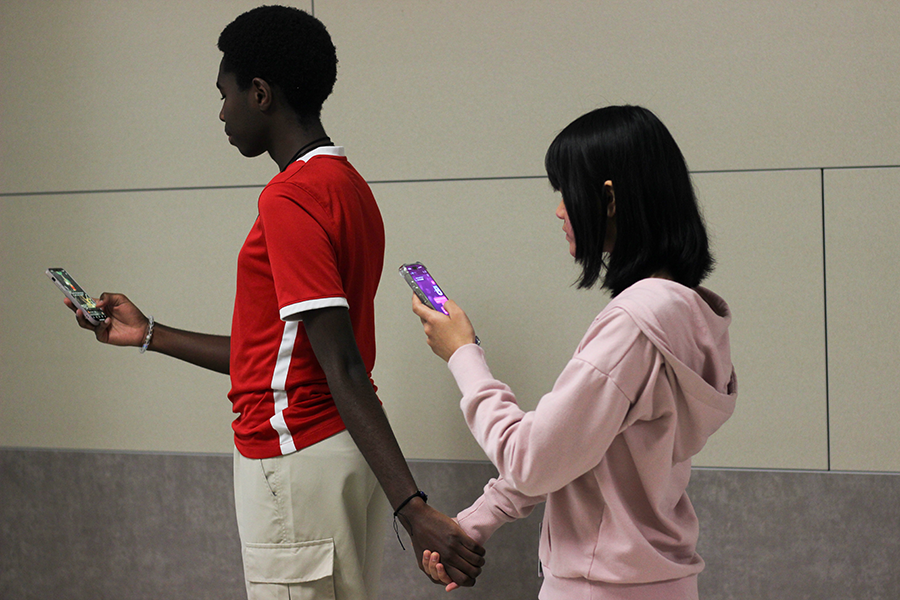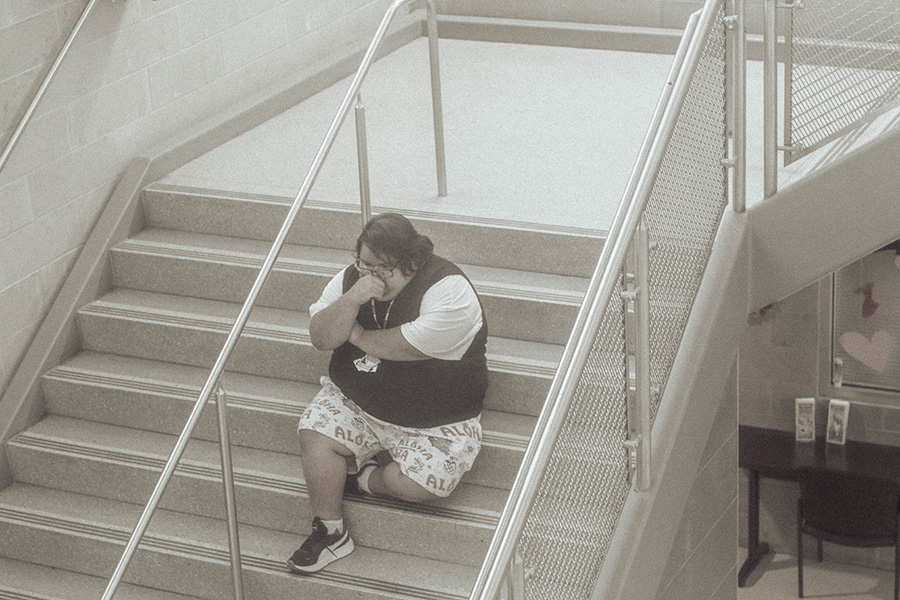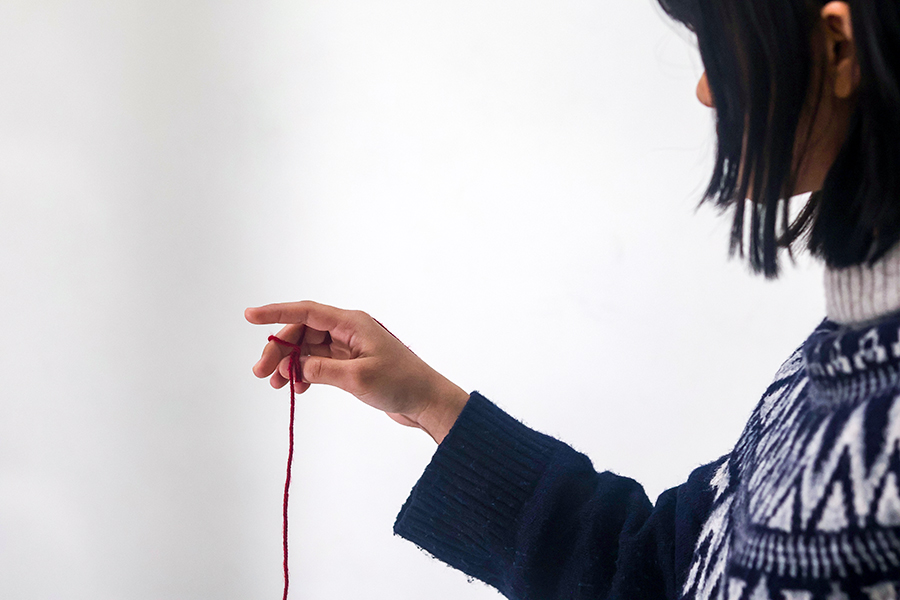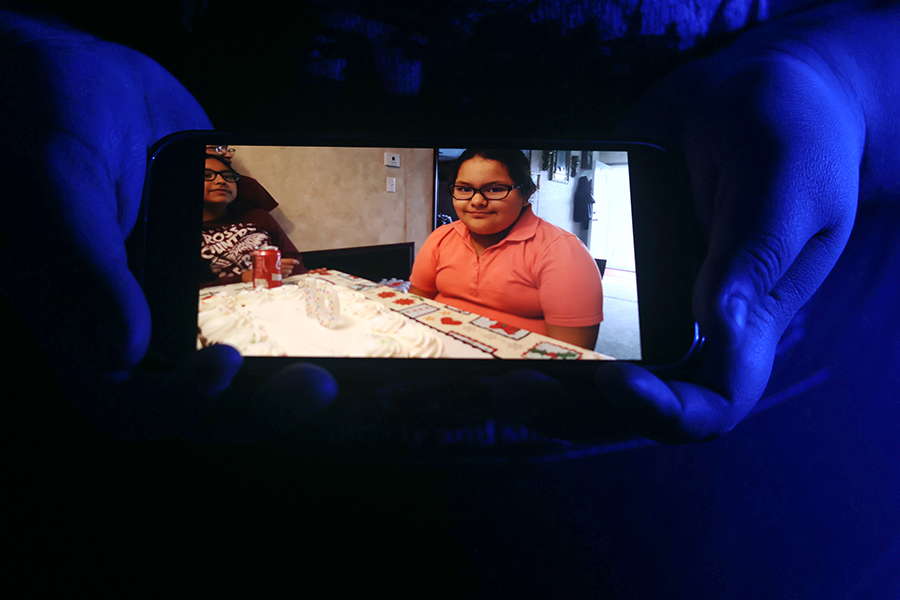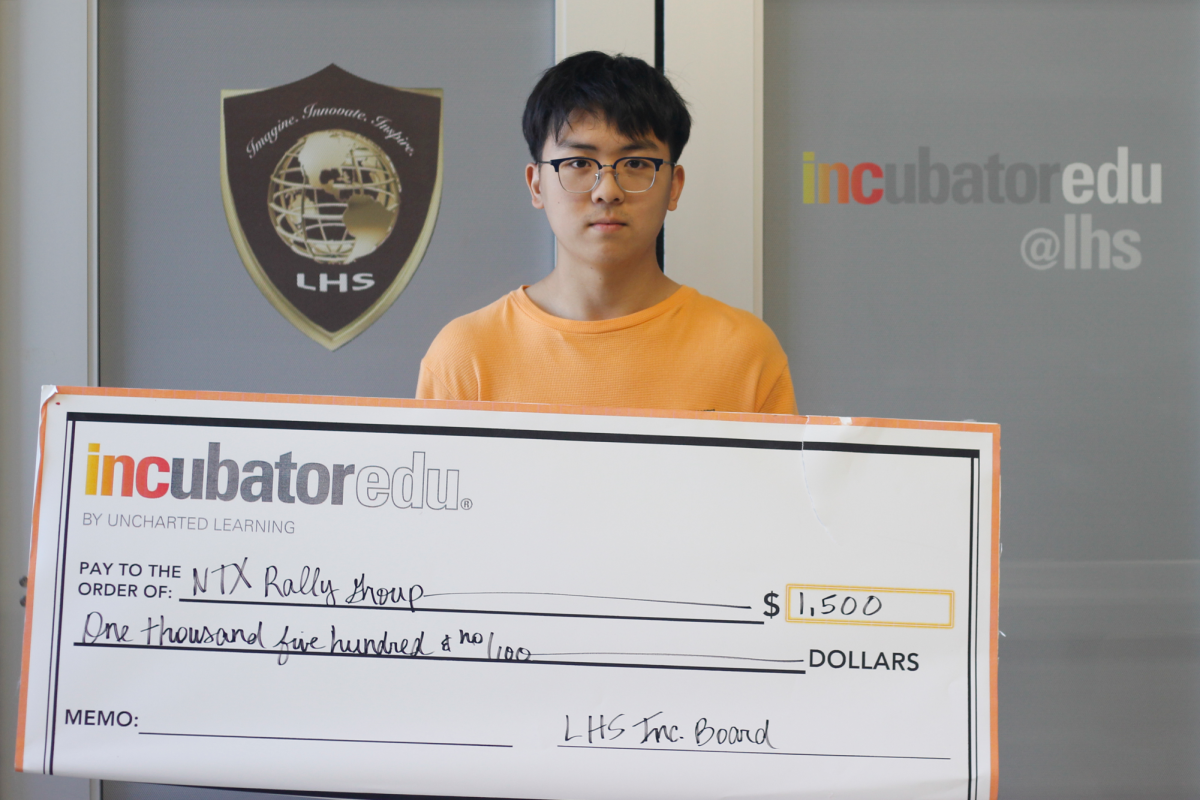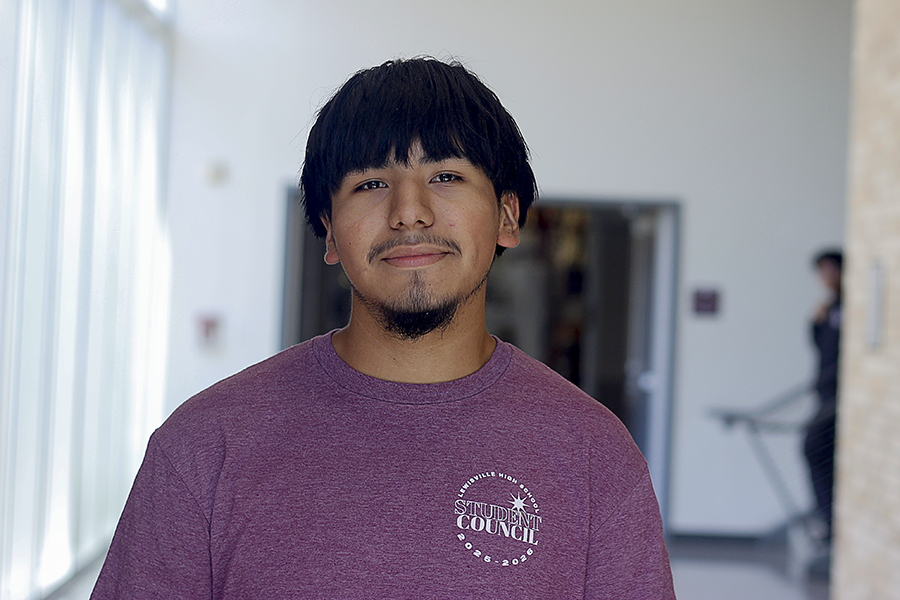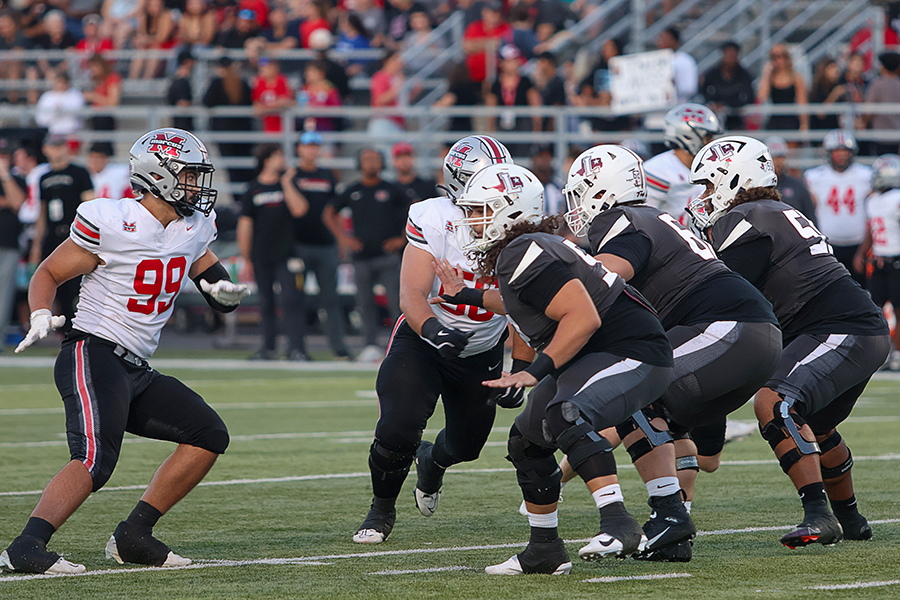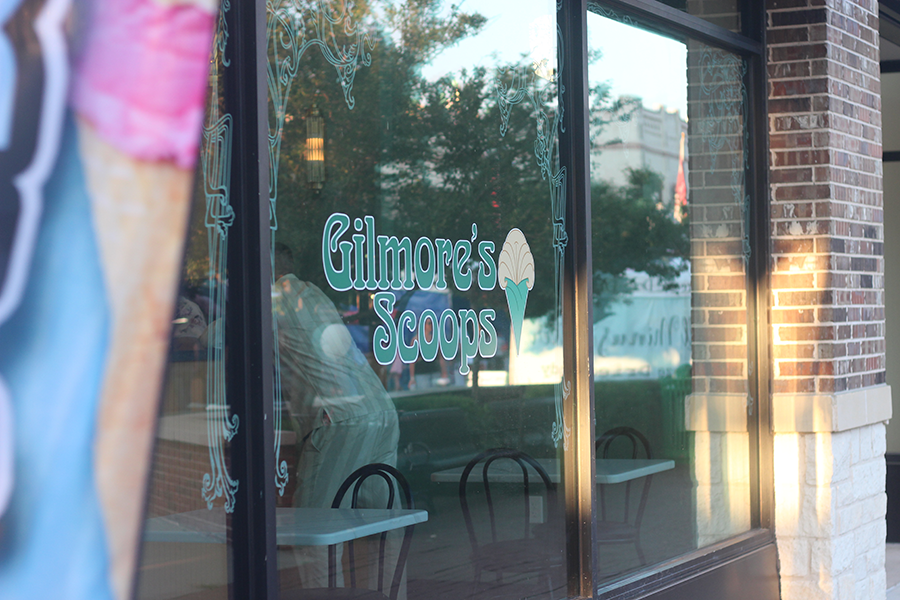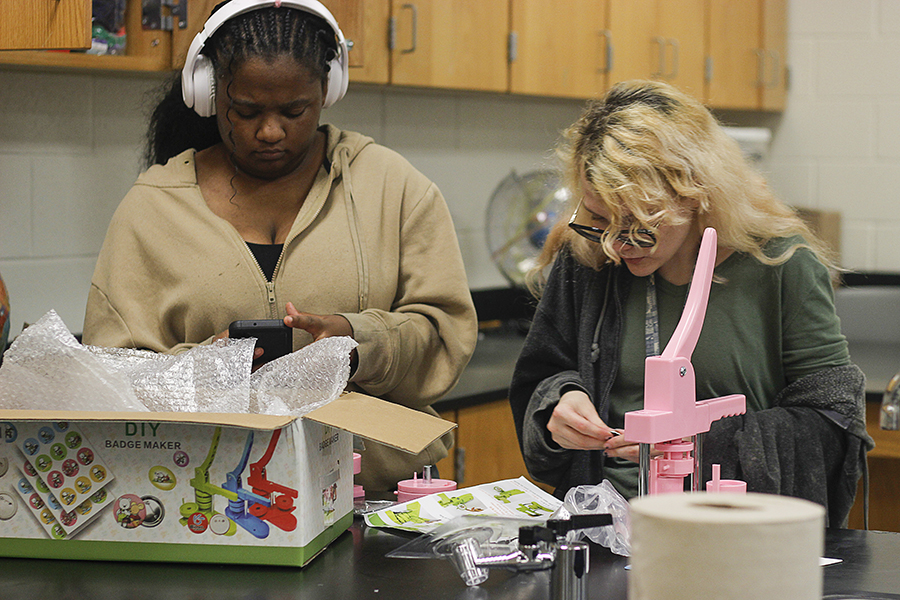A dirty glass door swings open as the scent of roses and old textiles floods the air. The radio faintly plays in the background.
‘I’m gonna pop some tags
Only got twenty dollars in my pocket
I – I – I’m hunting, looking for a come-up
This is awesome’
The popularity of Macklemore’s 2012 Billboard No. 1 “Thrift Shop” came along during a period of rising interest in thrift shopping and set a new precedent for the decade to come. It sparked a major shift in the way millennials approached secondhand shopping, but left most bandwagoners naive to their privilege of willingly buying used goods. They have had the luxury of deciding to enter a way of life that would otherwise be deemed ‘uncool’ if it were not for thrifted clothing’s enticing ‘it’ factor.
‘Thrifting’ is much more than just a trendy pastime. Thrift shops initially started as a way to provide for charity and while major thrift shop operators such as Goodwill still serve this purpose, there are stores that are self serving and do nothing to further the betterment of society. I recommend only supporting shops that donate their proceeds to charity.
I, unlike many of the people who currently participate in thrift shopping, did not willingly choose to enter the world of shopping secondhand. For a period of time it was my livelihood.
When I was younger, my parents did not have the means to provide brand new clothing, so in result, we turned to thrift shopping as our only option. Growing up, even the occasional visit to an outlet mall burned a hole in my parents’ wallet. No matter how captivating the clearance sales, there was nothing that could beat the bargain of used goods.
To some, searching through secondhand stores might be considered an enjoyable and easy way to pass their free time, but to those of us who merely survive by this system of shopping, it is how we live our lives. When I’m in need of new clothing, I’m not financially able to simply seek out my nearest department store. Instead, I’m often left to scavenge through the local secondhand shops and hope to come across a piece of clothing suitable for my needs.
Although, I’ll admit that thrift shopping has its perks. For one, it is an easy way to practice environmentalism by straying away from the fast fashion trends of shopping centers. Plus, every once in awhile, I’m fortunate enough to come across an article of clothing that is genuinely nice in both appearance and quality. Buying secondhand clothing also allows me to create my own distinct style that cannot easily be replicated.
When it comes to the actual purchasing of clothing, there is a line to be drawn. For me, that means never buying used undergarments or shoes from thrift stores, but everything else is free range. My method of shopping is only buying clothing that I actually need and can afford while also limiting myself to how often I visit my local shops.
Within the past decade, ‘thrifting’ has become prevalent thanks to social media influencers and trends that have helped break the stigma attached to used goods. Urban culture has found new ways of incorporating cheap and accessible clothing in forms that were once unthinkable. The future of clothing and fashion for millions of people will forever depend on secondhand stores.
Thrift shopping would not be possible if it were not for the millions of people who donate to their local charity centers and the thousands of volunteers who run the shops. Thanks to the endless fashion cycles of today’s society there will always be a supply and demand for used clothing.

